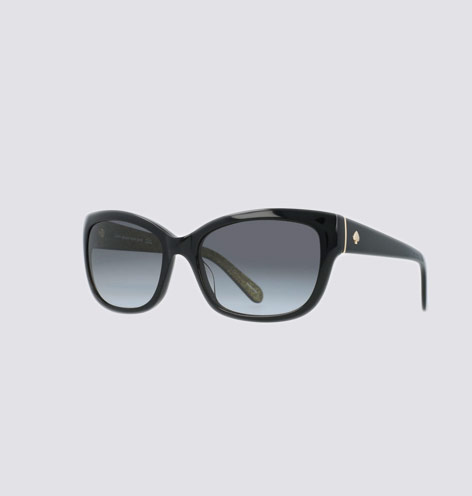In the realm of vision correction, contact lenses have revolutionized the way people see the world. Offering freedom from the constraints of glasses, they have become popular for millions worldwide. However, amidst their popularity, questions about their safety persist. Are contact lenses truly safe? In this comprehensive exploration, we delve into the facts, debunk myths, and provide insights into the safety of contact lenses.
Understanding Contact Lenses:
Contact lenses are thin, curved lenses placed directly on the surface of the eye. They correct vision problems like: nearsightedness, farsightedness, astigmatism, and presbyopia. They come in various types, including soft lenses, rigid gas-permeable (RGP) lenses, hybrid lenses, and scleral lenses, catering to different eye conditions and preferences.
Myth #1: They Can Get Lost Behind the Eye:
One common myth is that contact lenses can get lost behind the eye. However, the anatomy of the eye prevents this from happening. The conjunctiva which is a thin membrane which functions to cover the white part of the eye, connects to the inner eyelids, forming a barrier that prevents objects from slipping behind the eye. Moreover, contact lenses are designed to fit comfortably on the cornea, ensuring they stay in place during wear.
Fact: Proper Handling and Care Are Crucial:
While contact lenses are generally safe, mishandling and improper care can lead to complications. It’s essential to follow hygiene practices recommended by eye care professionals. This includes washing hands before handling lenses, using recommended cleaning solutions, and adhering to wearing schedules to prevent eye infections and irritation.
Myth #2: Contact Lenses Cause Eye Infections:
Another misconception is that contact lenses inherently cause eye infections. While improper lens care can increase the risk of infection, studies show that with proper hygiene and usage, the risk is minimal. In the Contact Lens & Anterior Eye study, it found that the incidence of microbial keratitis, a serious eye infection, was low among contact lens wearers who followed recommended guidelines.
Fact: Regular Check-ups Are Important:
Check-ups with an eye care professional are essential. Eye exams allow professionals to assess the fit of the lenses, evaluate eye health, and make any necessary adjustments. It is also an opportunity to discuss any concerns or issues related to lens wear.
Myth #3: Contact Lenses Are Uncomfortable to Wear:
Some individuals believe that contact lenses are uncomfortable to wear, causing irritation and discomfort. While it’s true that some people may experience initial discomfort when adapting to wearing lenses, modern advancements have significantly improved comfort levels. Manufacturers have developed lenses with enhanced breathability, moisture retention, and smooth surfaces, contributing to a more comfortable wearing experience.
Fact: Contact Lenses Offer Lifestyle Benefits:
Beyond vision correction, contact lenses offer numerous lifestyle benefits. They provide a wider field of view compared to glasses, making them ideal for activities such as sports and outdoor adventures. Additionally, contact lenses don’t fog up in cold or humid environments, offering clear vision in various conditions. For those with active lifestyles or professions that require clear vision, contact lenses can be a practical choice.
Myth #4: Contact Lenses Are Expensive:
Cost is often cited as a barrier to contact lens wear. While it’s true that contact lenses involve initial expenses, such as purchasing lenses and cleaning solutions, they can be cost-effective in the long run. Factors such as frequency of replacement, lens type, and insurance coverage influence overall costs. Many optometrists offer package deals and discounts for bulk purchases, making contact lenses more affordable for regular wearers.
Fact: Contact Lenses Are Customizable:
One of the advantages of contact lenses is their customizability. Eye care professionals can tailor lenses to individual needs, taking into account factors such as prescription strength, eye shape, and lifestyle preferences. Customized lenses ensure optimal fit, comfort, and visual acuity, enhancing the overall experience for wearers.
In conclusion, contact lenses are a safe and effective vision correction option for millions of people worldwide. While misconceptions exist regarding their safety and comfort, understanding the facts and adhering to proper care practices can minimize risks and maximize benefits. By consulting with an eye care professional, individuals can find the right contact lens solution that suits their needs, lifestyle, and budget, ensuring clear vision and comfort for years to come.

